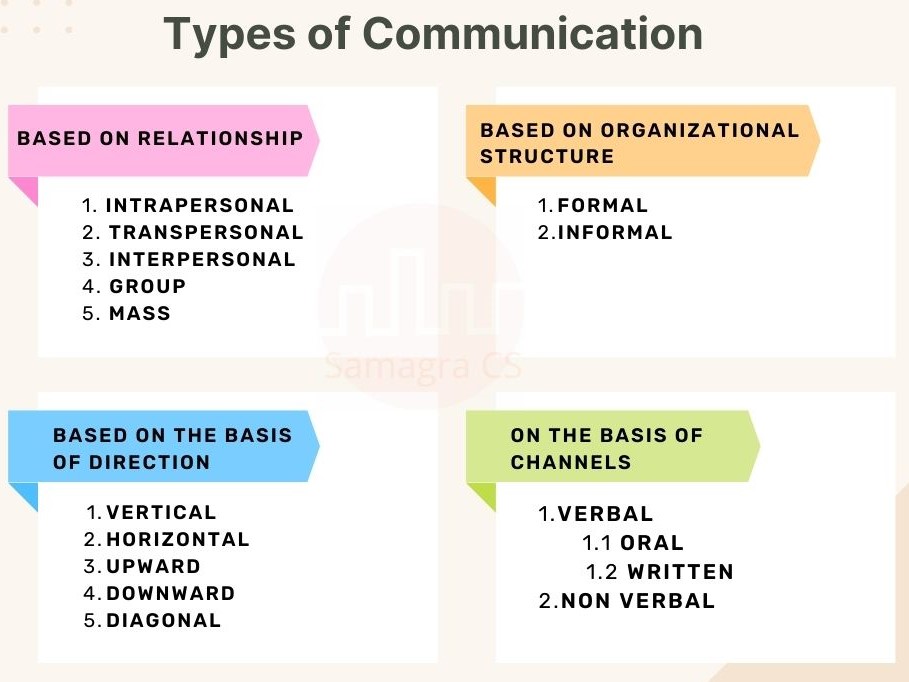Diagonal communication, also known as cross-functional communication, refers to the exchange of information and ideas between individuals or teams within an organization that operate at different levels or in different departments. This type of communication is essential for the smooth operation and success of an organization because it helps to break down silos and foster collaboration across departments.
One of the primary benefits of diagonal communication is that it allows for the sharing of knowledge and expertise. For example, if a team in the marketing department is working on a new product launch, they may need input and guidance from the engineering team on certain technical aspects of the product. By facilitating communication between these two teams, the organization can leverage the strengths and expertise of both groups to come up with a more comprehensive and effective solution.
Diagonal communication can also help to improve decision-making within an organization. When different departments and levels of the organization are able to share their perspectives and ideas, the decision-making process becomes more inclusive and well-informed. This can lead to better outcomes and increased buy-in from all stakeholders.
In addition, diagonal communication can facilitate the resolution of conflicts and issues that may arise within the organization. By fostering open and direct communication between different departments, issues can be addressed and resolved more efficiently, rather than being allowed to fester and potentially escalate.
However, it is important for organizations to ensure that diagonal communication is effective and efficient. This can be achieved through the use of effective communication tools and strategies, such as regular meetings, group chats, and the establishment of clear lines of communication. It is also important for individuals within the organization to be proactive in seeking out and fostering relationships with colleagues in other departments.
In summary, diagonal communication is an essential component of a well-functioning organization. It helps to break down silos, foster collaboration, improve decision-making, and resolve conflicts. By promoting and facilitating effective diagonal communication, organizations can achieve greater success and achieve their goals more effectively.








